On October 19, 2020, a large fire engulfed buildings at a gold mine in the Jalal-Abad region of western Kyrgyzstan. The mine, located in the Chatkal district, is owned by Full Gold Mining – a company founded by Chinese state-owned enterprise Lingbao Gold.
As the authorities checked the site for compliance with safety regulations, rumours started that cyanide and other chemicals were burning, and that the fire was the result of arson. The Kyrgyz emergency services rejected this, reporting that welding work had started the blaze.
This was only the second incident at the Ishtamberdy deposit that month.
Earlier in October, there were reports that the mine had been seized by 300-400 local people, with Chinese workers forced to flee from the site. Unrest over the recent annulment of election results fused with existing frustrations with international mining companies, sparking violent protests at gold mines across Kyrgyzstan in early October.
The Third Pole contacted local residents who witnessed the protests at the Ishtamberdy mine. Most refused to answer The Third Pole’s questions, stating that law enforcement agencies had told them not to communicate with journalists.
One resident of Kanysh-Kya, a village in Chatkal district, did comment on the unrest. The region’s residents, he said, “are concerned about environmental pollution from the mining industry, where primarily Chinese companies are investing”.
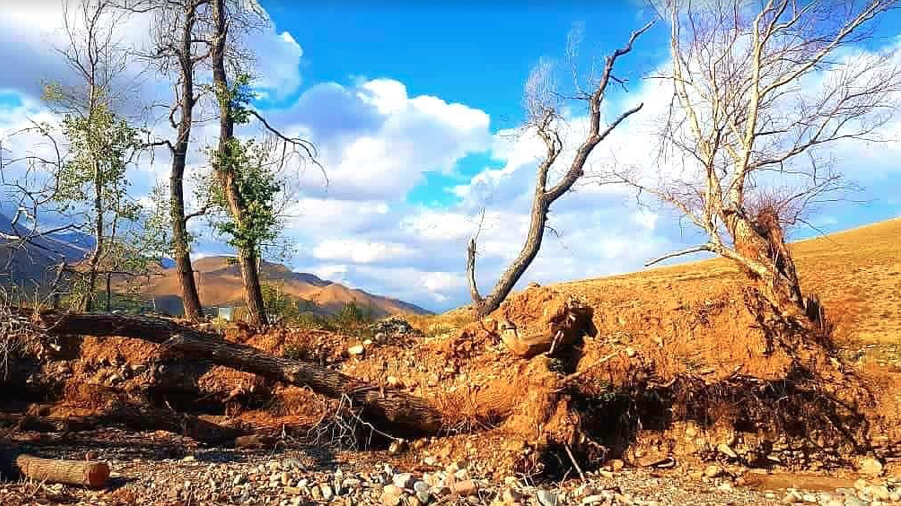
He described the Chanach mine, where he claimed in order to extract 24 kilogrammes of gold, 71 hectares of forest was destroyed. “Nobody even thought to restore the lost vegetation,” he said, adding that “the local population is dissatisfied with such an attitude towards nature.” “This dangerous activity must be stopped,” said the villager.
Long history of tension
Talantbek Mamsadikov, head of the regional government’s industry, construction and communication sector for Jalal-Abad, said that a number of companies owned by foreign investors are active in the region, but that the most successful of these is Full Gold Mining.
Full Gold Mining started to operate in Kyrgyzstan in 2008 after an agreement between China and Kyrgyzstan, which was later incorporated into China’s Belt and Road Initiative (BRI). The Chinese company reconstructed parts of a highway between the city of Osh in southern Kyrgyzstan and Erkeshtam, a border crossing between Xinjiang and Kyrgyzstan. In exchange, Full Gold Mining received the rights to develop the Ishtamberdy deposit in Jalal-Abad.
Since then, there have been numerous controversies around the company. In 2011, the foreign investor had to suspend work due to locals blocking the road, protesting against the alleged use of cyanide to extract the gold. At the beginning of 2018, the company fired 370 Kyrgyz employees after they reportedly refused amendments to their contracts that would have lowered their salaries and working conditions. Chi Shuan Tan, the vice-president of Full Gold Mining at the time, announced during a meeting with Kyrgyz officials that “the investment hasn’t paid off yet, and in order to not go bankrupt we have to resort to such steps.”
1998: 1.7 tonnes of poisonous sodium cyanide from Canadian-owned Kumtor mine spills into Naryn River
2011: Men on horseback attack project owned by Talas Copper Gold, a subsidiary of South African company Gold Fields, with molotov cocktails
2012: Around 1,000 people protest against Kumtor mine in Bishkek
2013: Weeks of unrest in Issyk Kul region as local residents demand the closure of the Kumtor mine. Demonstrators across the country call for greater domestic control of the mine or for it to be nationalised
2018: Around 1,000 protesters break into and set fire to a gold-processing plant owned by Makmal GL Developing, a Kyrgyz-Chinese joint venture
2019: Clashes between workers and villagers at Solton Sary mine, run by Chinese company Zhong Ji Mining
2020, October: Waves of attacks on foreign-owned gold mines across Kyrgyzstan, including Russia-owned Alliance Altyn, London-listed Kazakh miner Kaz Minerals, China’s Full Gold Mining
2021, January: Spill at gold field operated by Eti Bakir Tereksay, a Turkish-Kyrgyz joint venture, washes 30 cubic metres of industrial waste into the Terek-Sai River
Source: Bankwatch, BNE Intellinews, Eurasianet, Friedrich Ebert Foundation
Anger at pollution
“Locals used to freely move their animals out to pasture, but with the activities of gold mining companies this has become impossible,” said Kamchibek Kambarbekov, regional correspondent of the state-run regional media centre in the Jalal-Abad region. “Not only is mountain terrain being destroyed, but the course of rivers is being changed, dust is rising, and familiar trails and roads are disappearing. Close to the Ishtamberdy deposit, springs have stopped flowing, and shepherds are having trouble getting their cattle to drink. Due to explosion works, plants, animals, birds and even mountains are disappearing.”
Elena Ivanova, a human rights activist from the Jalal-Abad region, told The Third Pole about a event in February 2020 when villagers stopped two trucks in the middle of the night and discovered they were carrying chemical waste.
“The investors were dumping poisonous waste in inappropriate places,” she said. “These chemicals drift into the Terek-Sai River, and from there into the Kasansaisky reservoir, killing everything. Locals who use the river water have allergic reactions and rashes, and it poses a danger to populations downstream.”
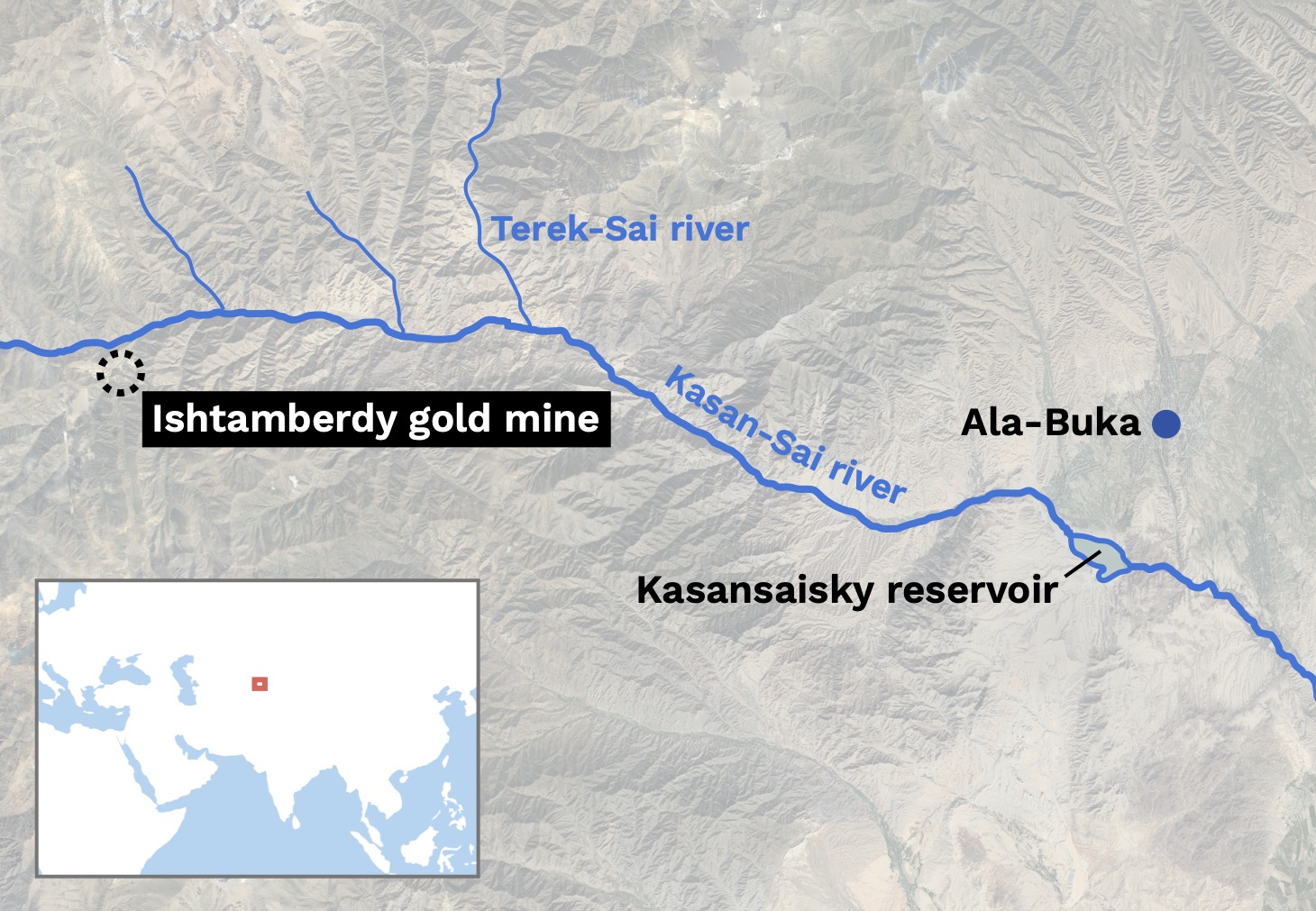
The actions by the villagers, Ivanova said, led to a criminal case, demonstrating that the company broke laws related to the transport of dangerous cargo and waste.
In 2019, following a planned government audit, Full Gold Mining was fined for violating environmental requirements. The amount of the claim was KGS 561,795 (USD 6,630) and a fine was issued for KGS 45,000 (USD 530).
Ivanova said that there has been no positive result of complaints from locals about Full Gold Mining’s activities, as the company can easily pay such fines without resolving the underlying issues.
The Third Pole raised these issues with Ermek Tolobaev, regional head for Chatkal, Ala-Bukin and Aksy districts at the State Inspection for Environmental and Technical Safety. Tolobaev said that mining companies do not have a negative environmental impact, apart from a few minor shortcomings which are being addressed.
Tolubaev said that contrary to locals’ claims that the chemicals are used to extract gold at the Ishtamberdy deposit are dangerous, analysis at the Kyrgyz National Academy of Science has found that they do not present a risk to the environment.
Suspicion and secrecy
Aidanbek Akmatov, a Biskhek-based political analyst, said that the Ishtamberdy deposit contains around 80 tonnes of gold.
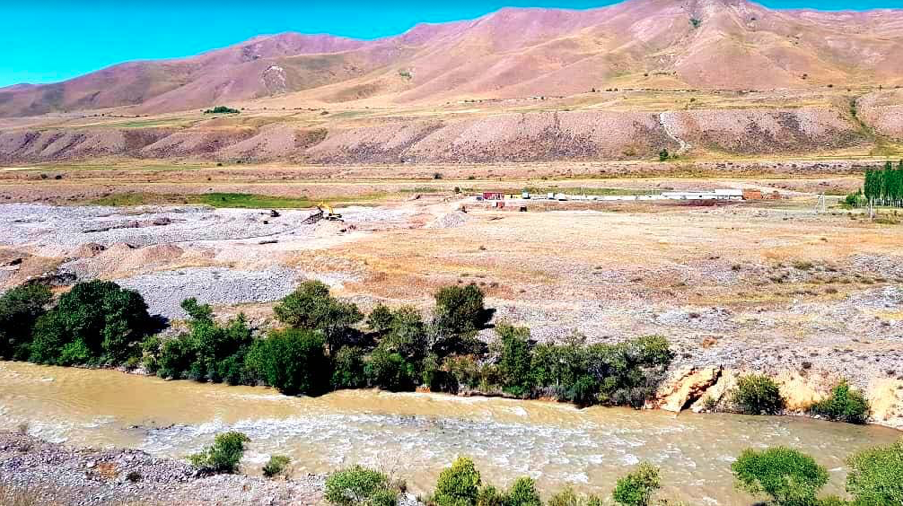
Akmatov stated that the Kyrgyz economy does not benefit sufficiently from the gold mining companies – recommending that Kyrgyzstan receive at least 50% of the profits. But as things stand, he said, Kyrgyzstan’s high national debt means “the population is worried that China may take our lands as payment”.
Mamsadikov said, “The activity of [Full Gold Mining] in our region has been successful. We’re interested in them – they bring benefits to our economy. And we believe that our state will always be able to provide them with a guarantee of safety.”
Akmatov also said that the Kyrgyz population are unhappy with Chinese investors in mining companies due to the fact that the granting of deposits is often not transparent.
Gamal Sooronkulov, ecologist and former head of environmental security for the Jalal-Abad region, echoed this. Sooronkulov said that more attention to environmental safety is needed at the permission stage of gold mining projects. Local authorities should also consult residents before licences are granted for infrastructure, Sooronkulov said.
“I believe that the Kyrgyz Republic’s law ‘On Minerals’ needs to be re-evaluated, and that a point needs to be added there that discusses the mandatory inclusion of representatives of the local population. Otherwise, there’s a triangle of the mining companies, authorities and locals which will never come to a consensus.”
The Third Pole asked Lingbao Gold to comment on the issues raised. This article will be updated if a response is received.
New president and maybe new policies?
In January 2021, following the popular rising over the October election, Sadyr Japarov became president. Japarov has frequently deplored the exploitation of Kyrgyz natural resources by foreign corporations. What does his election mean for possibility of nationalising the country’s gold mines?
“Japarov has not yet openly expressed himself about the future work of companies engaged in the mining industry, including Chinese,” said Akmatov. “No matter what happens, this will not affect the Russian companies engaged in mining… I think that is because of fears he will not go against the interests of Russia… We are watching how geopolitical forces, the United States, Europe and Russia, are opposed to the work of the Chinese companies. At the same time, the factor of raising the economy of the Kyrgyz Republic is very important for Sadyr Japarov. And in this he places a big stake on the mining industry.”
Ivanova, the human rights activist, said that residents of villages where the mining companies operate hope very much that Japarov will tackle environmental problems.
“The people supported him for a reason,” she said. “After all, he himself admitted that the Kyrgyz people suffered for 30 years. Investors not only upset the balance with nature, but also ignore local residents, then they do not reckon with them, and do not discuss the current situation. Since the companies are so bad about the environment, protests are likely to continue [if nothing changes].”
So far, the status quo is unchanged: on January 23 2021 an environmental spill at a gold ore field in Jalal-Abad region washed 30 cubic metres of industrial waste into the Terek-Sai river. The project is operated by Eti Bakir Tereksay, a Turkish-Kyrgyz joint venture.
“The state needs to strengthen control, and even better to tighten conditions for foreign investors. And at the same time, it is necessary to increase the state’s share of these companies, which can only cause a positive reaction from the local population,” said Akmatov.
![<p>The Suuluu-Tegerek field in Kyrgyzstan’s Chatkal region has been exploited by investors for a long time. The river bed has been destroyed, impacting local flora and fauna, and the landscape at the foot of the mountains has changed [image by: Gamal Sooronkulov]</p>](https://dialogue.earth/content/uploads/2021/02/Screen_Shot_2020-12-20_at_6.43.17_PM.png)
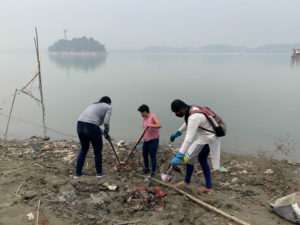



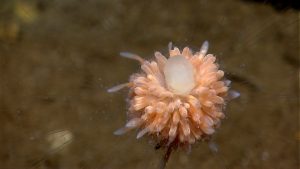
![Prayer Flags and The Machermo Range From Gokyo Ri, Nepal [image by: Peter Carey / Alamy]](https://dialogue.earth/content/uploads/2021/02/DT865R-300x200.jpg)
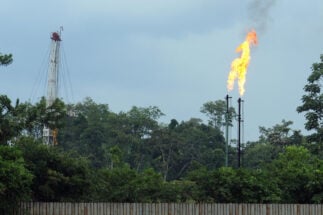
![Health workers distributing free sanitary pads to the women and girls in the Indian state of Tripura and explaining to them the necessary of using it, in a health camp. [image by: Abhisek Saha / SOPA Images / ZUMA Wire / Alamy Live News]](https://dialogue.earth/content/uploads/2021/02/Sanitary1-300x200.jpg)